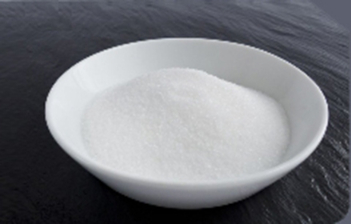Peran dan Mekanisme Inovasi Natrium Tripolyfosfat dalam Produksi Keramik
Didorong oleh inovasi teknologi modern, industri keramik secara bertahap telah menuju tahap perkembangan baru. Untuk mengatasi masalah likuiditas lumpur hidrasi yang buruk, Natrium Tripolyfosfat memainkan peran kunci dalam produksi keramik sebagai agen dekomposisi.
Klasifikasi lem keramik
Agen dekomposisi keramik di pasaran terutama dibagi menjadi garam anorganik dan polikation. Garam anorganik meliputi kaca air, natrium karbonat, natrium tripolyfosfat, natrium fosfat terpolarisasi, dll.; Kategori polikation meliputi natrium alginat, natrium hidroksi selulosa, dan natrium lignin sulfat. Di antara mereka, Natrium tripolyfosfat adalah dekomposisi yang banyak digunakan dan efektif.
Sodium tripolyphosphat mechanism
Peran Natrium Tripolyfosfat adalah untuk meningkatkan potensi lapisan ganda partikel dari sistem terdispersi, sehingga partikel bubur mempertahankan jarak yang relatif stabil dalam medium terdispersi untuk memastikan bahwa tidak terjadi penggumpalan dan pengendapan, sehingga menjaga stabilitas bubur terdispersi. Ini digunakan sebagai multi-fungsi sebagai reduktor air, dispersan, pengencer, atau agen solusi, dan lebih penting untuk menyoroti pentingnya dalam produksi keramik.
Mekanisme lem keramik
Mekanisme dispersi perekat keramik terutama meliputi penggantian kation, hambatan blok spasial, dan efek koeksistensi. Penggantian kation dengan mengubah ketebalan dua lapisan listrik partikel bubur untuk meningkatkan potensi lapisan ganda; hambatan blok spasial secara efektif memainkan efek sterik melalui redaman dan pemisahan; gravitasi, sehingga mengurangi penggumpalan.
Prospek dan prospek aplikasi di masa depan
Dengan perkembangan teknologi yang berkelanjutan, multi-fungsi Natrium Tripolyfosfat akan memainkan peran yang semakin penting dalam produksi keramik. Senyawa ini tidak hanya memainkan peran sebagai aditif pendispersi dalam lumpur keramik, tetapi juga memainkan peran yang lebih menonjol dalam penghematan energi, pengurangan konsumsi, pengembangan produk baru, dan inovasi proses baru.

